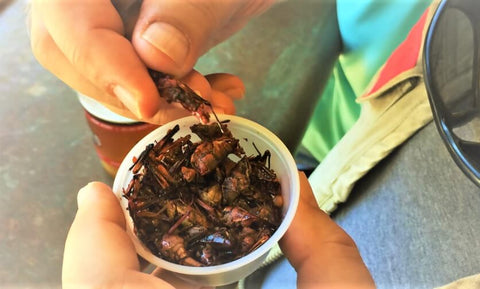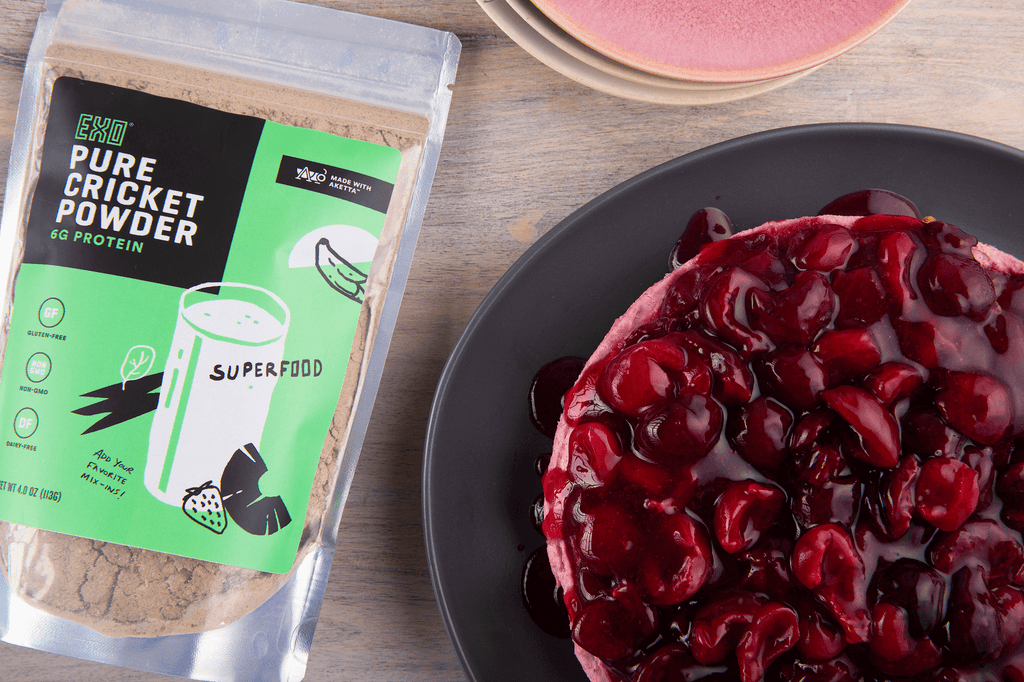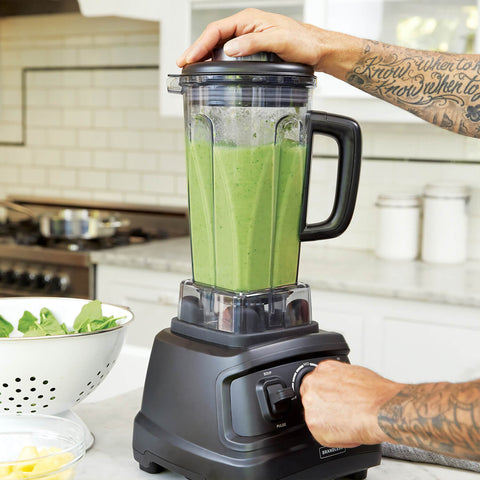Chitin is a prebiotic -- a special kind of fiber that feeds beneficial bacteria (probiotics) in your gut. A cricket’s exoskeleton, you’ll want to know, is made -- in part -- of chitin.
Scientists, in fact, believe that chitin may drive some of the gut-related health benefits of cricket flour.
Researchers fed 20 participants two separate breakfasts: one containing cricket flour, the other not. To eliminate bias, both subjects and scientists were blind to the breakfast type.
What do crickets taste like? They're mild, so easy to hide. In this case, chocolate malt did the trick.
After two weeks, the scientists recorded a 5.7x increase of a beneficial microbe called bifidobacterium animalis in those eating cricket flour. Eating cricket powder, in other words, meant more good bacteria, making it an amazing gut health supplement.
You’re probably thinking: that’s great, but what does one microbe prove about gut health?
Alone, not much. But the researchers measured something else: inflammation.
After the two weeks were up, cricket flour eaters had lower inflammation. (As measured by an inflammatory particle called TNF-α).
“These data suggest,” conclude the authors, “that eating crickets may improve gut health and reduce systemic inflammation.”
Systemic inflammation has been linked to every chronic disease: diabetes, heart disease, cancer, and Alzheimer’s. This is a really cool finding






